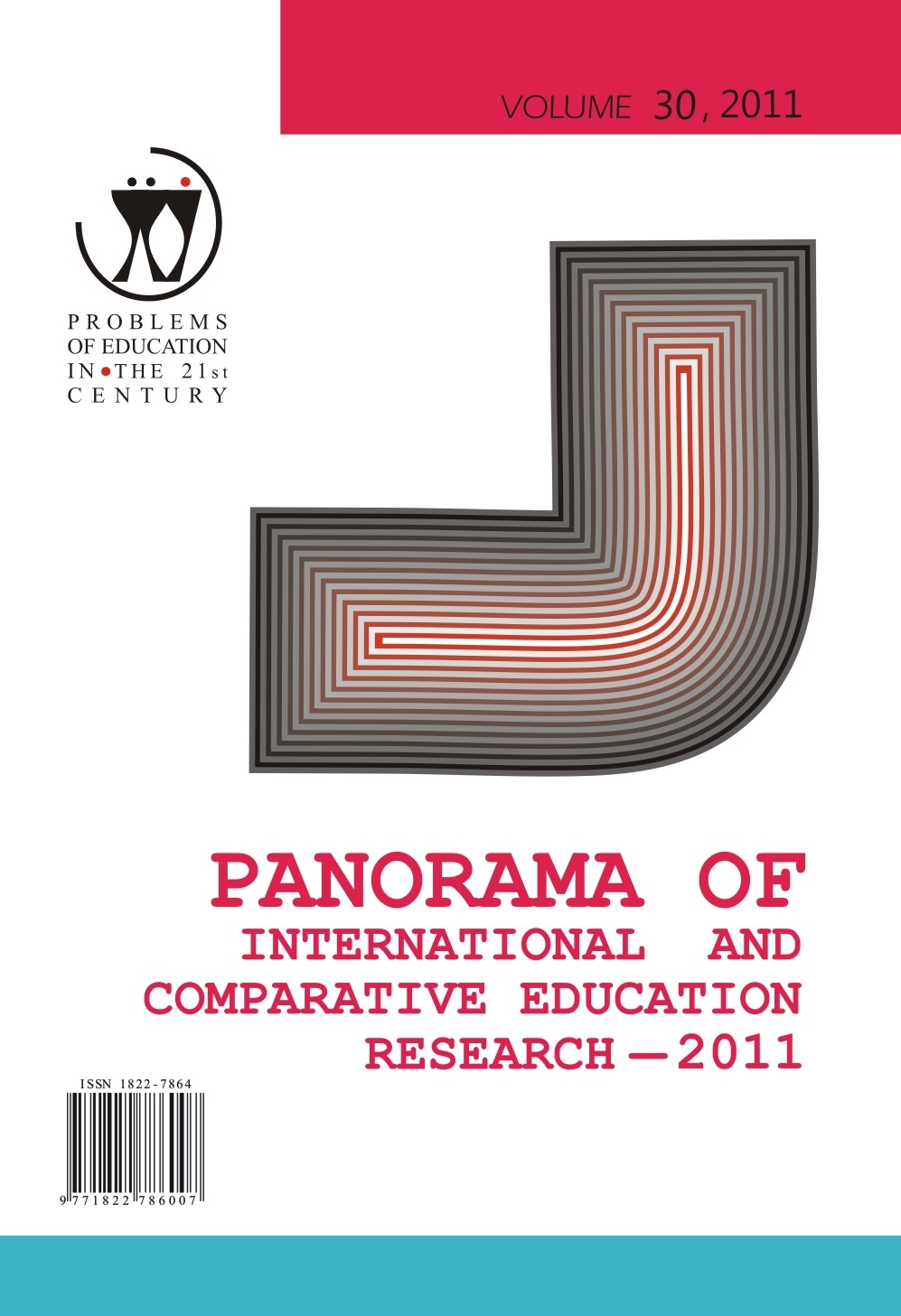ОБОБЩЕННЫЕ ХАРАКЕРИСТИКИ ЯЗЫКОВОЙ ЛИЧНОСТИ ДВУЯЗЫЧНЫХ УЧАЩИХСЯ (РУССКО-ЭСТОНСКИЙ БИЛИНГВИЗМ), ПОЛУЧАЮЩИХ ОБРАЗОВАНИЕ НА ЭСТОНСКОМ ЯЗЫКЕ
GENERALIZED CHARACTERISTICS FOR THE LINGUISTIC PERSONALITY OF BILINGUAL STUDENTS (RUSSIAN-ESTONIAN BILINGUALISM) GETTING THEIR EDUCATION IN THE ESTONIAN LANGUAGE
Author(s): Natalia Zamkovaja, Irina Mikhailovna Moissejenko, Natalia TshuikinaSubject(s): Language studies, Language and Literature Studies, Education, Theoretical Linguistics, Eastern Slavic Languages, Baltic Languages
Published by: Scientia Socialis, UAB
Keywords: linguistic personality; bilingual students; mother tongue; self-definition; language difficulties; educational needs;
Summary/Abstract: The article describes general characteristics of linguistic personality of bilingual students (Russian-Estonian bilingualism), who get their education in the Estonian language. As the number of such students in Estonia has been increasing, the problem of their research has been recognized as being of great importance. The data for the article was received through written and oral questionnaire and allow tracing specific social agents for a bilingual student’s linguistic personality formation. By dint of the questionnaire biography data, ethnical and linguistic self-definition, spheres of the languages application, self-definition for the languages acquisition, appraisal for the process of Russian language teaching in the schools given by the students has become apparent.In general, the respondents positively estimated the decision to study in an Estonian-medium school made by their parents, they also see their classmates’ and teachers’ attitude as good; however, most of them think that their level of skills in the Russian language (sometimes in Estonian as well) is insufficient.Students of different regions in Estonia were questioned, which allows getting a general idea of the matter. The collected material affords to elicit bottlenecks in teaching Russian to such students, to predict and take into account their educational needs while compiling teaching materials.
Journal: Problems of Education in the 21st Century
- Issue Year: 30/2011
- Issue No: 1
- Page Range: 133-147
- Page Count: 15
- Language: Russian

